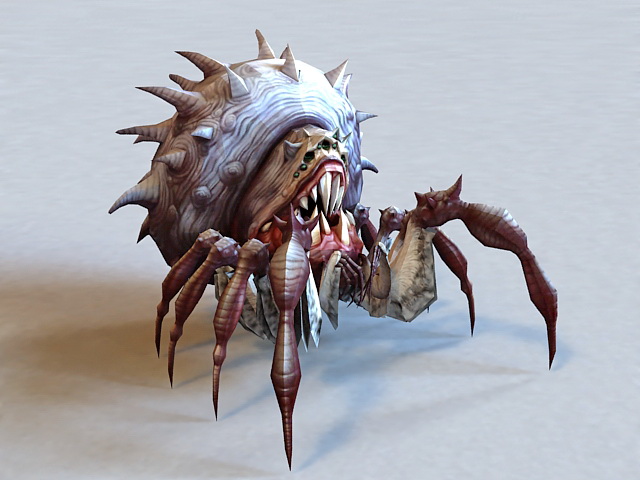
Sometimes, a species of ant can be single queen or multi-queen, depending on the colony’s maturity, where the colony is located (larger areas allow the ants to branch out and have more queens), if the colony joins other colonies, and if there are the right environmental conditions in the nest. Other ant species have many egg-laying queens, and so they are multi-queen colonies. Some ant species are happy with only one queen, and these are single queen colonies. The queen continues to lay eggs and grow the ant colony over her lifetime, which is usually 10 to 15 years. The number of queens in an ant colonyĮvery ant colony needs a queen that lays eggs. These ants can be very difficult to control as they spread very quickly throughout the year by budding, and they don’t have to wait for annual swarmers to start new colonies for them. The workers raise the young larvae and start their own budded colonyĪnts that go out to build budded colonies are: Argentine ants, carpenter ants, some types of fire ants or red ants, ghost ants, and pharaoh ants. Worker ants carry young ants, with at least one young queen, to a new nesting site.Several queens leave the nest with workers to start many new colonies wherever they find a good place to build a nest, which could be around your yard, in your potted plants, or in your house.A queen ant and some of her workers leave an ant colony to start a new nest somewhere else.Leaving the nest to start a new nest is called “ ant budding”, and ant budding can happen in one of three ways: Sometimes some of the ants in a colony leave the nest to start a new nest elsewhere, and sometimes all of the ants move together. Not all ant nests are started by queens with wings. Ant budding: When queens leave their nest to start a new one Here they start their own nest, lay eggs that hatch into female workers, and officially become the queen of an ant nest. The females drop to the ground, to look for soft soil to dig into. The male flying ants die soon after mating. The eggs she fertilizes with the sperm are born female, while males hatch from unfertilized eggs. This makes the soil easy for the ants to dig into and build nestsįlying ant females mate with males from other nests, to avoid inbreeding.Ī female stores sperm in a pouch on her abdomen and uses the sperm to control the gender of all the eggs she lays for the rest of her life. There have been a few days of rain, so it’s humid and the ground is wet.There’s sunlight and warmth, so they can see where they are going and control their body temperature with the sun.Winds are low, so they don’t get blown all over the place.

It has to do more with the season, the right weather conditions, and what part of the country they live in – flying ants in cities tend to fly earlier than those in the countryside because cities are warmer. There is no single flying ant day that all flying ants swarm. In late spring or early summer, these flying ants (swarmers) leave the nest for their first and only flight. These workers do all the work around the nest – finding food or farming it for all the ants in the nest, taking care of the young, cleaning the nest, and taking care of the queen so she can carry on laying eggs each day.Īs the ant colony matures and gets bigger, the queen purposefully lays some eggs that hatch and develop into male and female ants with wings.

In the early stages of an ant colony, the queen lays eggs that hatch into female worker ants.


 0 kommentar(er)
0 kommentar(er)
